May 27, 2019 | DIY
Today’s DIY topic is: Photography. Once again, it’s not a matter of you doing it yourself on your wedding day, but the difference between hiring a professional and asking a friend or family member to take pictures for you.
You might look at the cost of professional photography (which can run from $1,500 on the very low end to over $6,000 on the high end) and you might think you’d be better off without a professional photographer. You might be right. Or you might be very disappointed. It all depends on how important photos are to you.

Here is a photo taken by a professional, Agnes Malorny of Agnes Malory Photography.
If having high quality photos of your entire wedding and reception is not of interest to you, you can ask a friend or relative to document the day for you. Someone with good photography equipment can probably take a few decent photos for you.
But if having professional quality photos is important, it’s difficult to get them without paying professional prices. Professional wedding photographers have equipment and skills that ordinary mortals lack. The best consistently take copious, excellent photos that capture the essence of your day. They are on the spot and work hard so they don’t miss any important moments. It’s also important that they are not guests, but are hired to work for the entire time, so they will be alert and sober until the time they leave. They know what to look for and how to take good (and often stunning) photos of your wedding.
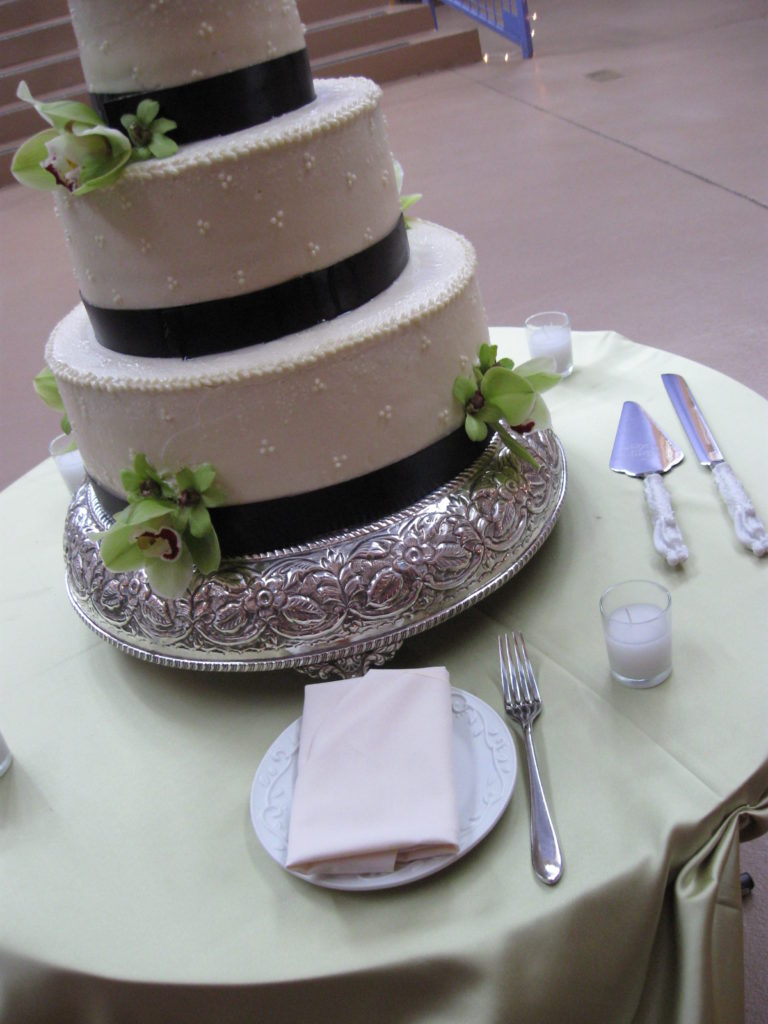
Here is a picture of the same cake, taken by me, an amateur. Not as nice, is it?
If you have a friend or relative take photos, they may or may not have the same equipment. Unless they are professionals or truly talented amateurs, they probably don’t have the same skills. And you won’t know until the wedding day if they will be paying attention for the whole evening. At some point, a friend or relative is going to stop working and start enjoying the party, which is an option a paid professional doesn’t have.
As with all DIY projects, think this one through before you make a decision. There is a definite difference in quality between amateur and professional photos. Decide what is important to you, and then pay a professional if you can’t live without those photos.
May 20, 2019 | DIY
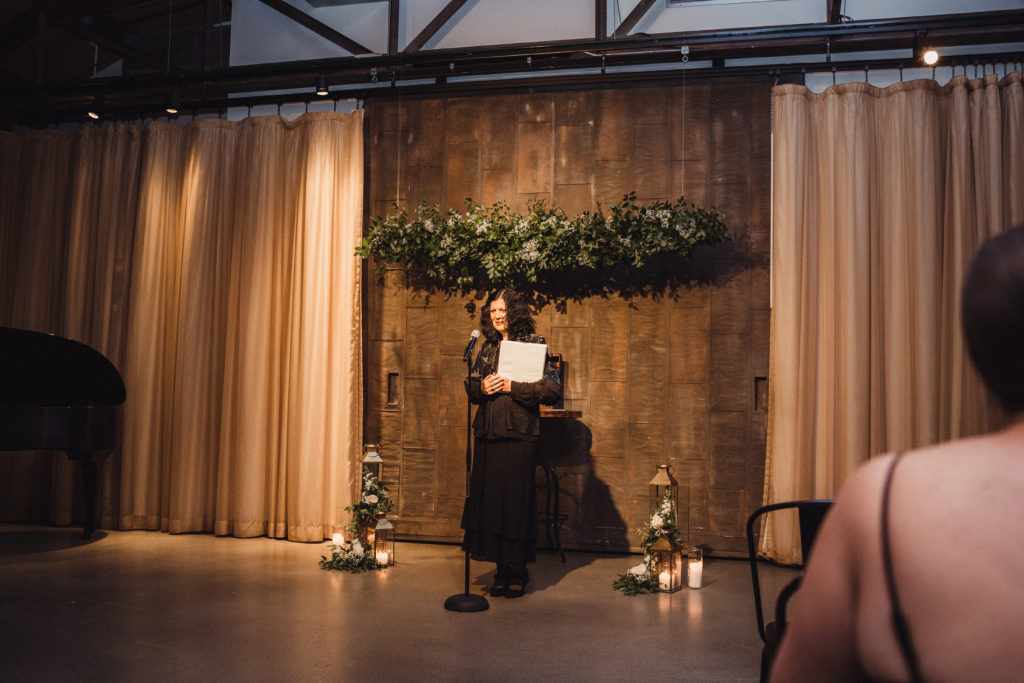
Professional officiant, Dr. Elizabeth-Anne Stewart, at work. Photo by The Still Life Photography.
There are plenty of elements of weddings that are suitable for Do-It-Yourself projects, and some that are totally unsuitable. When it comes to officiants, you can’t really do it yourself: Another person is required to sign your marriage license, at least in Illinois. The real question at hand is whether you should hire a professional or ask your cousin to get ordained at the Church of the Latter-Day Dude. I have to say that I have been at weddings with both kinds of officiants, and there are advantages both ways. I have a personal preference for working with professional officiants, but (judging by the number of people who don’t use them) apparently that’s a matter of taste.
Professional wedding officiants, clergy, and wedding celebrants all have some training in the art of ritual, which is one of the keys to a good wedding ceremony. They can also elicit from you what you want in a wedding ceremony, and then follow through. They are generally very polished public speakers, who won’t mumble and “um” their way through your ceremony. Many of them are also trained counselors who can do pre-marital counseling, if you wish. They already know what they need in order to create a good wedding ceremony, and they are accustomed to working with other professionals to make the event smooth and easy for their clients.
The advantage to having a friend or family member officiate at your wedding is that that person already knows you, will understand what kind of ceremony you want, and will be able to add all sorts of personal touches because of your relationship. If you want a more relaxed feel to your ceremony, having a non-professional officiant might be the way to go. But be aware that you may also end up with a less polished ceremony.
And, of course, some people are lucky enough to have clergy in the family so that you can get the best of both worlds. If you do, be sure to ask them to officiate at your wedding. They will likely be more than happy to do so.
May 13, 2019 | DIY
As long as we are talking about DIY weddings and food (see previous posts on catering, dessert, and cake), let’s also talk about DIY dishes.
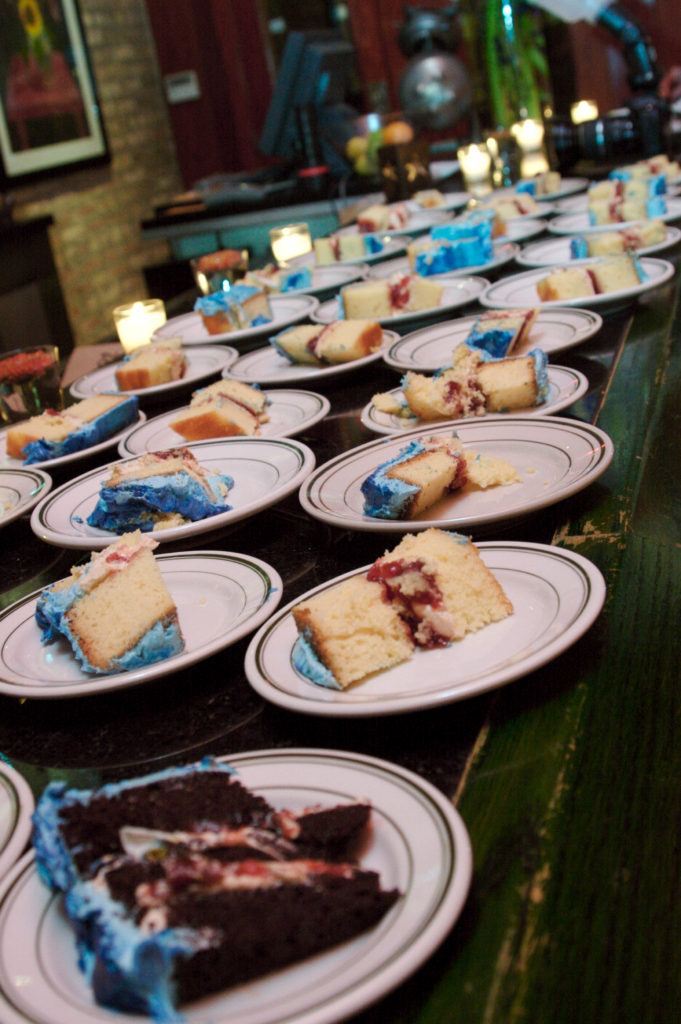
Just how many plates does one couple need?? Photo courtesy of Artisan Events.
When you see the total cost of rental dishes, you might be tempted to go to Ikea and buy dishes instead of renting them. Depending on your circumstances, that might be a good choice–or it really might not be.
I know someone who bought enough dishes to serve about 50 people at her wedding. They got married in their own home, had a good caterer, and had places to store all those dishes after the wedding. It can work.
On the other hand, if you are having 150 guests at a rented venue, you might run into some unexpected difficulties. For example, keep in mind that everything may need to be washed before it is used. Your catering staff probably won’t do that for you without an additional charge. Next, think about what will happen to all those dishes at the end of the night. The kitchen staff will scrape them and pack them up in whatever boxes you provide for them. Then you or your representative will have to pick them up from the venue the day after the wedding (or take them home that night). And then someone will have to wash all of them. Ever done dishes for 150 people? It’s not fun. After that, you’ll still have to figure out what to do with 150 place settings. That might not be how you planned to spend the first day or two of your honeymoon.
And don’t forget that you’ll probably need serving dishes, as well. A lot of them!
This is not to say you shouldn’t buy dishes, but you should definitely think it through all the way to the end before taking the leap. It’s not the right choice for most weddings.
May 6, 2019 | DIY
So, last week I wrote about sweet tables. What about DIY wedding cakes?
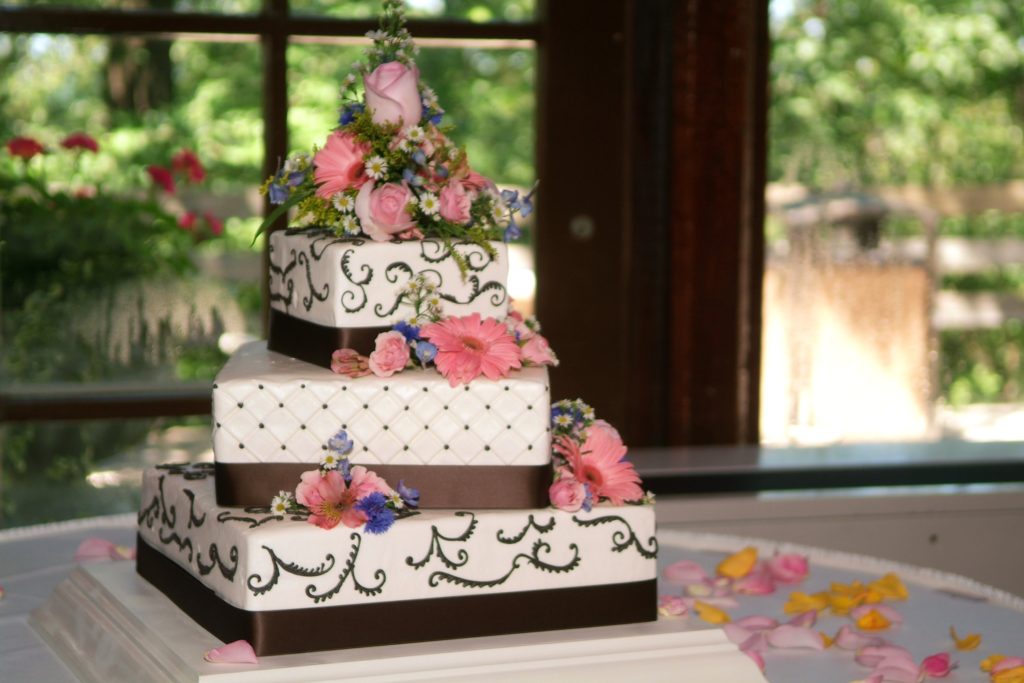
Photo by Magical Moments Photography.
Considering how expensive wedding cakes can be, maybe you want to try your hand at baking your own. There is certainly a lot of information on the internet about how to bake a wedding cake. Some of the sites even say it is “easy.” I won’t pass judgment on that, since I’ve never tried it. What I have seen is the results.
Before I tell you about the home-made cakes I’ve seen, I have to point out that sometimes even professional bakers have cake disasters. So, amateurs should be aware of the pitfalls–and remember to freeze your cake if it is a hot day.
My experience is that home-made cakes are likely to be a little more rustic than cakes made by professionals. This may suit your aesthetics exactly, in which case feel free to ignore anything else I say.
Here is a sweet and wonderful cake baked by the bride’s sister.
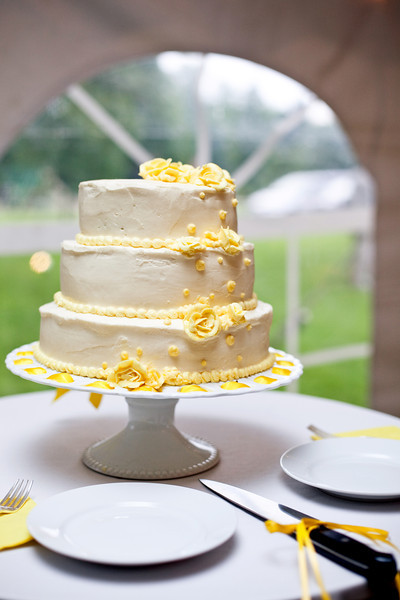
Image by theblondephotographer.com.
It is a perfectly lovely cake after its own fashion and suited their country-themed outdoor wedding reception. It might have been out of place at an ultra-formal downtown reception, though.
And here is a fun one baked by the groom’s family.
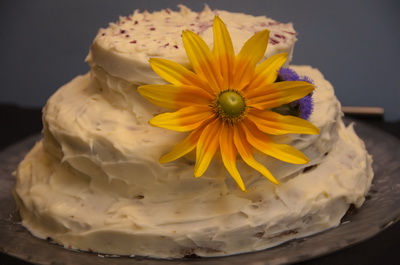
Photo by Magical Moments Photography
The bride and groom wanted to use the family recipe for carrot cake for their wedding cake. This was a highly informal wedding and reception, and the cake fit right in. Again, it might have been out of place elsewhere.
Here is one more example that is slightly different:
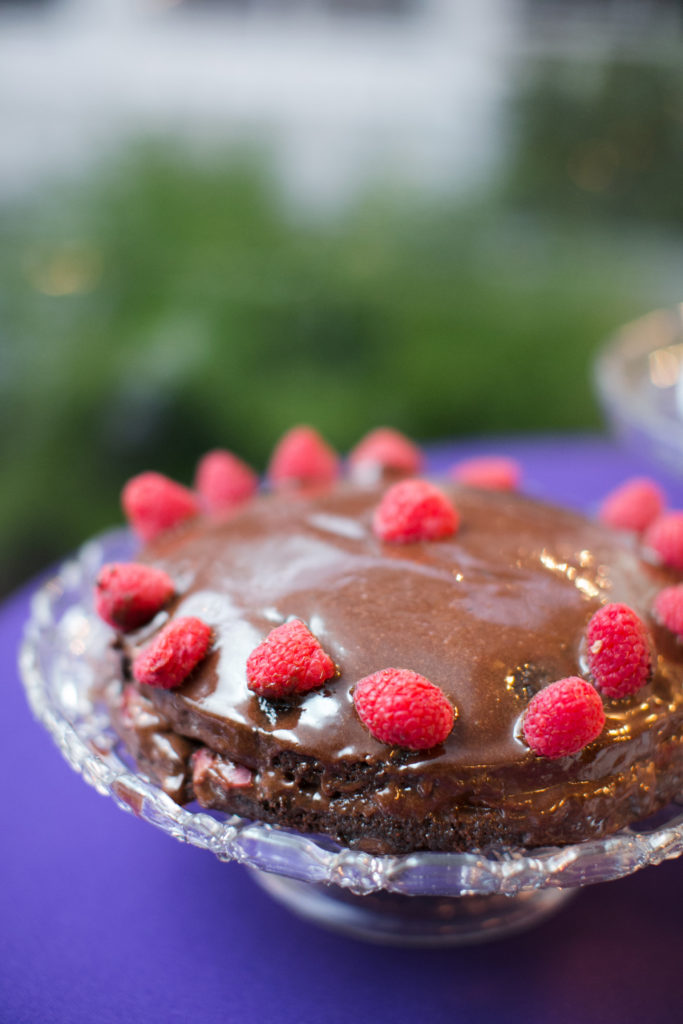
Photo courtesy of ChristyTylerPhotography.com
The bride and groom at this wedding both had tremendous food allergies. Instead of asking a professional baker to work around their allergies (wheat, sugar, dairy, etc.) and try to come up with a recipe that would be delicious, the groom’s mother made a number of cakes from a recipe they already knew would work for them. They didn’t insist on a tiered cake but enjoyed them as regular cakes. This was a case where DIY made a lot of practical sense.
My short recommendation would be that DIY wedding cake is not impossible. The important thing to keep in mind is that the visual results may be different from what you would expect from a professional. It is probably also wise to learn some of the tricks of stabilizing and transporting tiered cakes to prevent disasters. You might also have to make more than one, in order to try out your skills. (Bonus: extra cake!) If you’re willing to take these risks, go ahead and make your own cake. If not, there are a lot of really good bakers who will be happy to do the job for you.
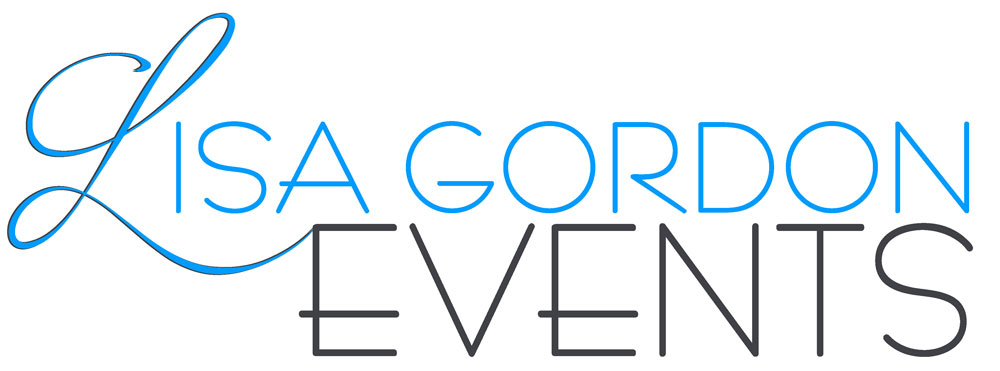








Recent Comments